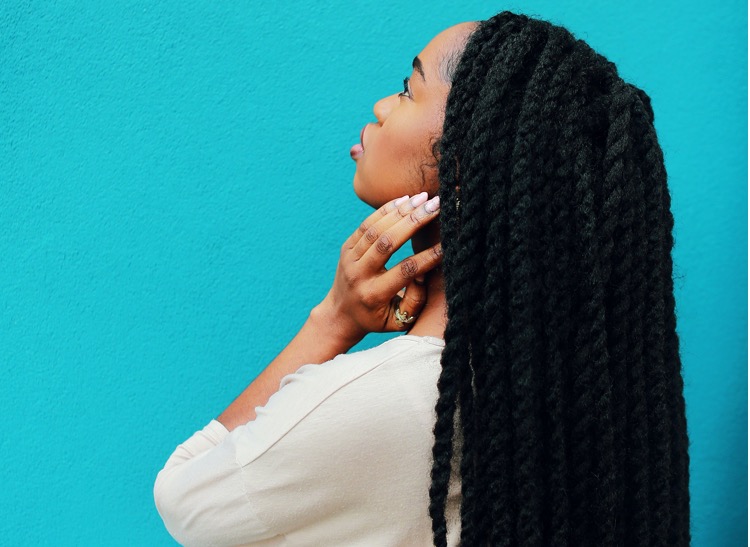
Braids are most common among people of African descent, however, other races have their own variations. While there are debates around whose culture braids originated from, they’ve been associated with African culture for thousands of years. The way hair was braided and intricately embellished with beads, jewels, and other ornaments was the earliest evidence of African grandiosity. This prompts the question: How did our predecessors learn to style their hair in such a distinctive way?
There is a lack of evidence as to how our ancestors actually learned how to braid their hair. In the past, the type of braids an individual wore could be used to distinguish them.
Their purpose
Braids were used to represent tribe, status, spirituality, and other things. For example, some maidens wore their braids in a specific style to indicate they were single, and some men wore braids to represent their warrior or royal status.
In South Africa, for example, a woman sporting box braids was deemed a woman of fortune due to the sheer grandeur of the style and the amount of hours it took to achieve.
The influence
Sadly, braids began to lose their regality with the invasion of slave traders. The trafficking of African women to foreign lands as slaves contributed to this too. They were compelled to settle for simpler styles because they couldn’t afford to do so in such elaborate manners as they used to. These simple braided styles also helped to protect their natural hair. Additionally, they prevented hair loss, as the slave masters hardly gave them any time to properly care for themselves.
The most fascinating aspect of braiding during this era was women using their braids to plot escape routes from plantations. This was a covert method of keeping the plantation owners in the dark about what they were up to. They also concealed gold and seeds in their hair to help them survive the long journey to freedom.
With time, the influence of skewed views of beauty in society drove Black women to dislike braided hairstyles. Not only that, but their natural hair as well. Because they were regarded as déclassé and ghetto, Black women were forced to choose more “approved” hairstyles in order to be accepted into Western society. They did everything from perming to straightening their hair with hot combs (a technique popularized by Madame C.J. Walker, America’s first black female millionaire), as well as wearing wigs.
This lasted from the mid 1800s to the mid 1900s. The revolution began in the mid-1960s, when African Americans began donning afros and braids as a symbol of unity, while fighting against racial inequality. They began to encourage each other to embrace their native looks rather than succumb to Eurocentric beauty standards. More Black celebrities and activists, such as Janet Jackson, began to wear braided hairstyles in the mid-1980s and 1990s.
Beauty norms
Celebrities like Alicia Keys, who is known for her signature Fulani braids, have shown that success can still be achieved while adhering to African beauty norms. The movie documentary Good Hair, starring Chris Rock, pushed the agenda for women to embrace their Afrocentric hairstyles even further. The rise of platforms like YouTube and Instagram have helped to further promote braiding and other natural hairstyles.
While hair segregation still remains in some parts of the Western world, it’s reasonable to say that the war has been won to some degree. Braided hairstyles are becoming more popular among Black women, who are also embracing their natural hair.
Braids serve as a constant reminder of our great African ancestry, which we must never forget. True beauty is found in diversity, not in conformity to a single norm.






